Image Gallery: Weird Gravity Waves
Star-studded
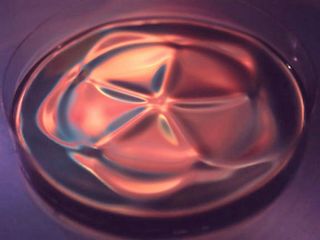
Researchers have discovered a new type of gravity wave, one that is shaped like a star. Such bizarre waves result from a property called nonlinearity, in which a small or simple change results in a disproportionately large or complex effect. For instance, aspects of weather behave chaotically, in a nonlinear manner.
Rogue waves
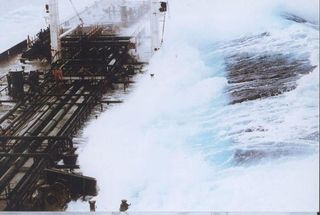
X- and Y-shaped ocean waves or monstrously large freak waves that seem to come out of nowhere result from surface water behaving in a nonlinear manner.
Shaking oil
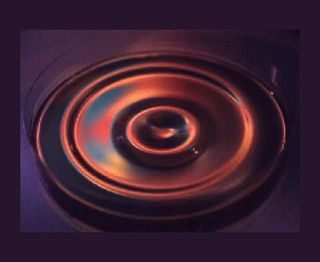
To uncover new, remarkable nonlinear waves, the scientists experimented with tanks containing about two-fifths of an inch (1 centimeter) of silicon oil, which they placed on shakers to vibrate the fluid. Result? Gravity waves — oscillations due to gravity pulling downward and vibrations pushing upward.
Shapely waves
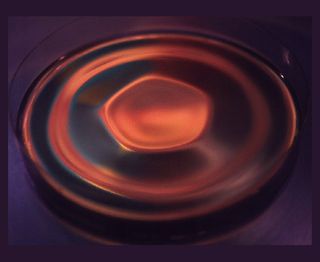
A new type of gravity wave eventually resulted, which alternated in shape between stars and polygons — for instance, between a five-pointed star and a five-sided pentagon.
Shape-shifting
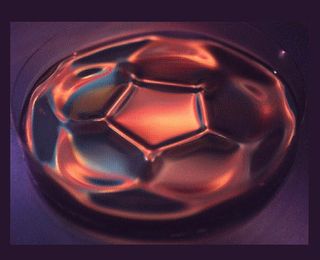
The researchers could change the shapes of these stars and polygons by altering the strength and frequency of the vibrations.
Symmetries

Stars and polygonal waves with other symmetries were also observed with other vibration parameters or tank-filling levels.
Sign up for the Live Science daily newsletter now
Get the world’s most fascinating discoveries delivered straight to your inbox.

